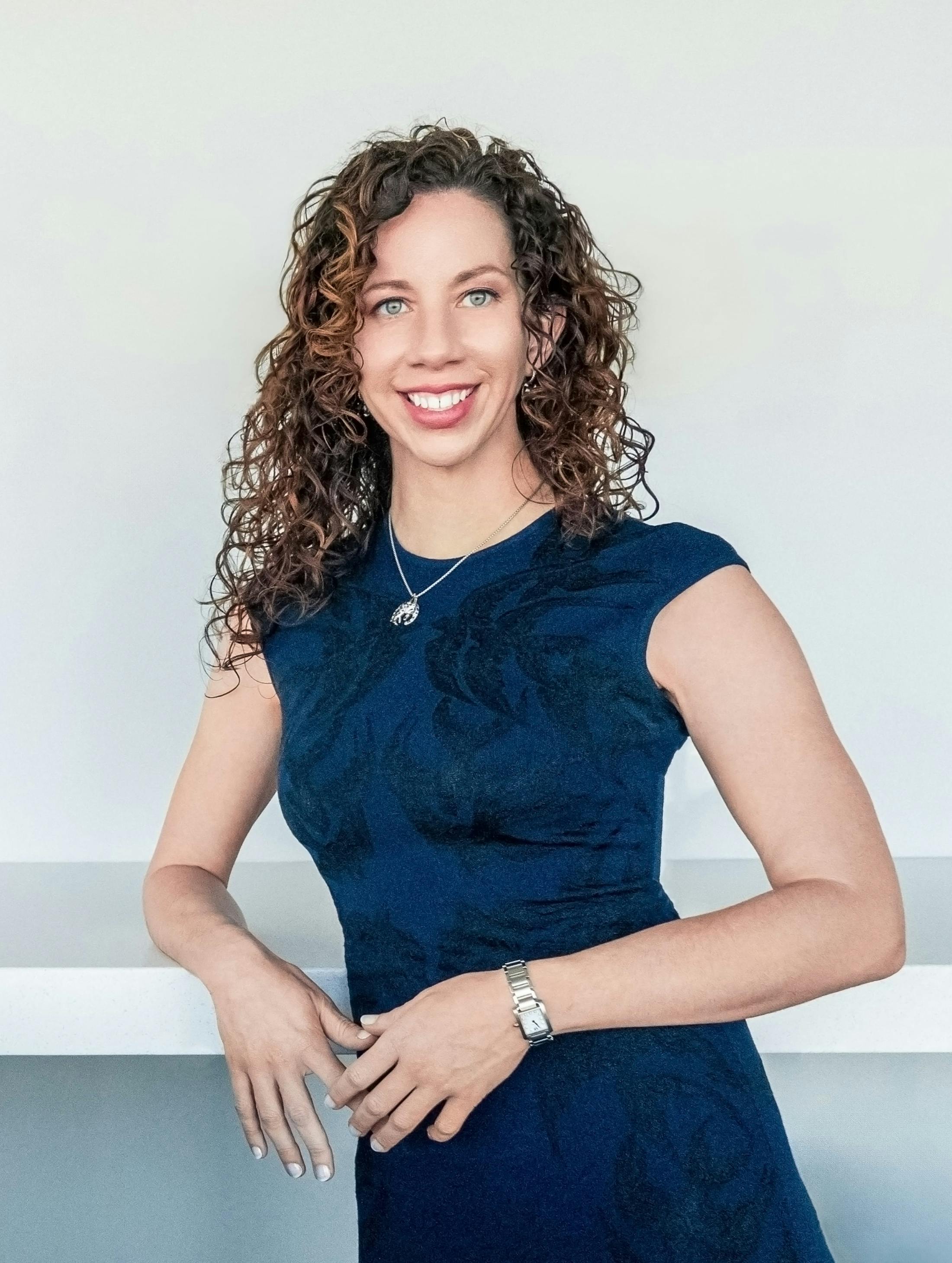Are you feeling self-conscious about your ears that are too prominent? Écosse Plastic Surgery offers a transformative solution to restore balance and harmony to your facial features through otoplasty, also known as ear surgery. Experience a renewed sense of self, enhance your natural beauty, and bring out the best in your unique features.
Is Otoplasty the Perfect Solution for You?
Otoplasty is an ideal option for individuals who have prominent or protruding ears that they wish to address. This could be a congenital condition or a result of genetics. Other candidates include people with asymmetrical ears, where one ear is noticeably different in shape or position.
Some candidacy considerations are:
- It is essential to disclose any medical conditions and medications to Dr. Koonce during the consultation
- Candidates should be in good overall health to ensure a safe surgical procedure and smooth recovery
- While otoplasty can be performed on children and adults, the ideal age for children is typically around five to six years old, as the ears have reached nearly adult size by this point
- Because smoking can adversely affect the healing process, candidates should be non-smokers or willing to quit smoking for a specified period before and after the surgery




